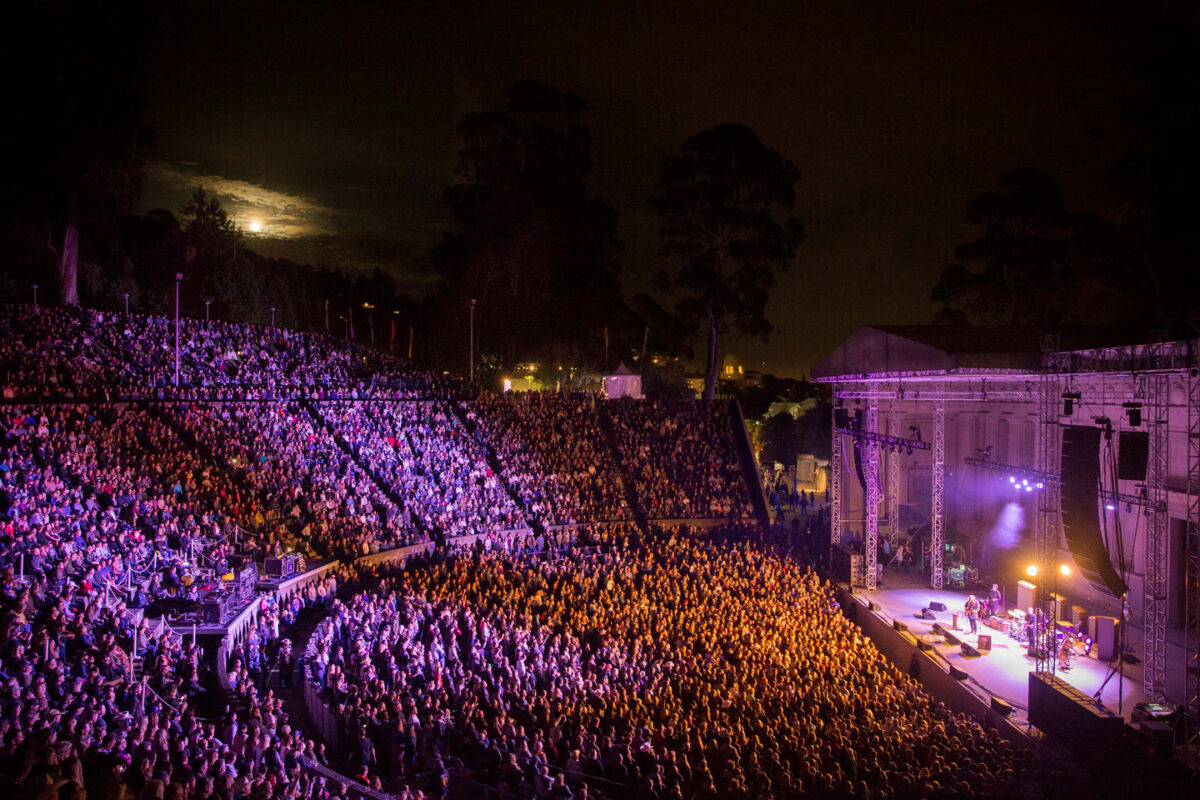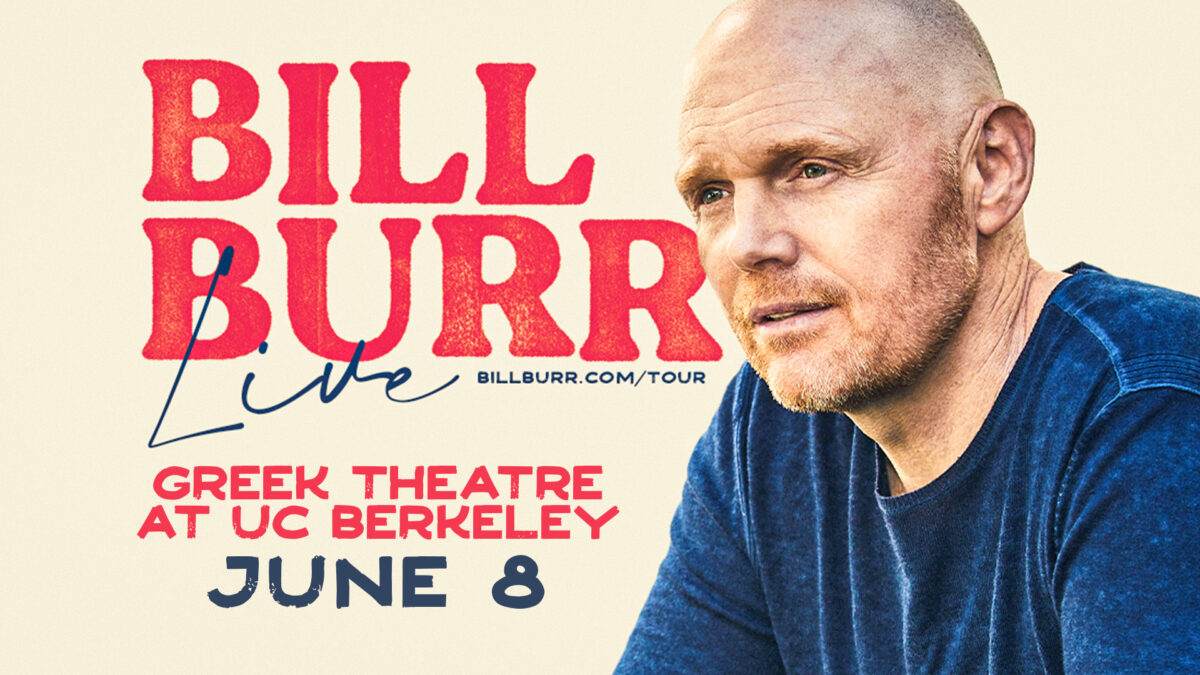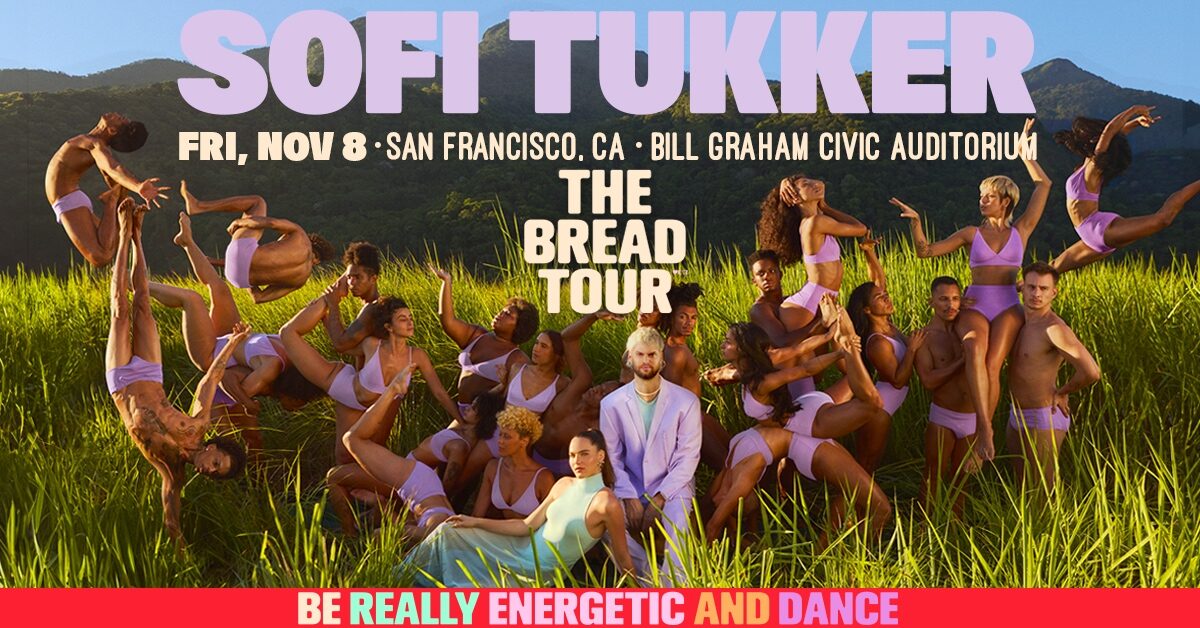Movie Review: Anna Karenina
Anna Karenina is a singularly compelling and consistently enthralling adaptation of Leo Tolstoy’s epic novel of 19th-century aristocratic decline, social mores, gender roles, and romantic tragedy.
From the first frame, Wright announces a bold, imaginative take on Tolstoy’s masterpiece. Not content to film in a naturalistic/realistic style, Wright literally sets the stage, revealing the soundstage where most of the action in Anna Karenina will occur. Characters slip between locations meant to be miles (and hours away). In one instance, a young man, Levin (Domhnall Gleeson), distraught over his romantic failures, slips between a lavish ballroom set, the Russian tsarist aristocracy at its finest (and its most decadent), up a flight of surprisingly rickety steps and into the world of Moscow’s poorest denizens, including his brother, a sickly revolutionary who rails against the inequities inherent in Russian society and politics, at one point claiming “Romantic love will be the last illusion of the old order,” but quietly accepts Levin’s offer of money to help him cover his expenses.
Levin, however, exists primarily as Tolstoy’s stand-in and in playwright-turned-screenwriter Tom Stoppard’s hands, occupies a status secondary to the title character, Anna Karenina (Keira Knightley), an aristocrat by birth and marriage. Considered the “belle of St. Petersburg,” Anna occupies a prime place in Russian society. Her husband, Karenin (Jude Law), a wealthy aristocrat and government, provides Anna with everything she wants materially. She seems, if not happy, then content, with her marriage and her role as mother. In an ironic twist typical of Tolstoy’s work, Anna’s trip to Moscow to help repair her brother’s marriage (frayed due to his infidelity) results in a chance meeting with Count Vronsky (Aaron Taylor-Johnson), a cavalry officer. All it takes is a glance and, later, a dance, for Anna to fall in lust and/or love with Vronsky. Vronsky offers everything her husband doesn’t: risk, excitement, passion, and sexual fulfillment.
Anna’s decision to leave her family and risk social rejection makes her both heroine and villain, a heroine for challenging the social and cultural mores of her time for romantic love knowing full well the risks and consequences of her actions, and a villain for abandoning her family. Although some would differ, Tolstoy didn’t choose sides, but carefully laid out a case for both positions, reflecting the conflicts and complexities of his time. Wright and Stoppard ably match that complexity, but by focusing almost exclusively on Anna and her predicament, supporting characters and subplots, necessary, if not dramatically, then thematically, results in an experience that falls short emotionally.
Accordingly, we don’t engage with Anna’s predicament as much as watch it from a distance, an effect compounded by Wright’s visual choices. As exhilarating and engaging as Wright’s visual style can be, it also overwhelms the characters and with them, the story. Yet for all that emotional remove and distance, Anna Karenina is never less than a visual marvel, due in no small part to Wright’s meticulous attention to everything from costumes to cinematography. When, early on, he circles Anna and Vronsky repeatedly, it’s both an homage to French filmmaker Max Ophuls (Lola Montes, La Ronde) and a carefully orchestrated illustration of the characters’ respective desires encircling them, imprisoning them, robbing them of reason and rationality, and ultimately, dooming Anna (Vronsky’s exempt due to his gender and social status). And however momentarily, however temporarily, we’re just as lost as Anna.
Showtimes and Tickets







